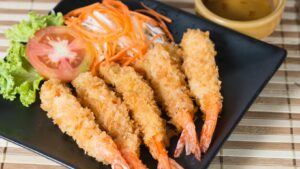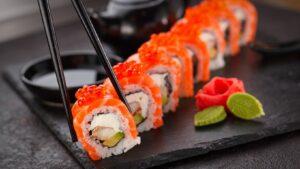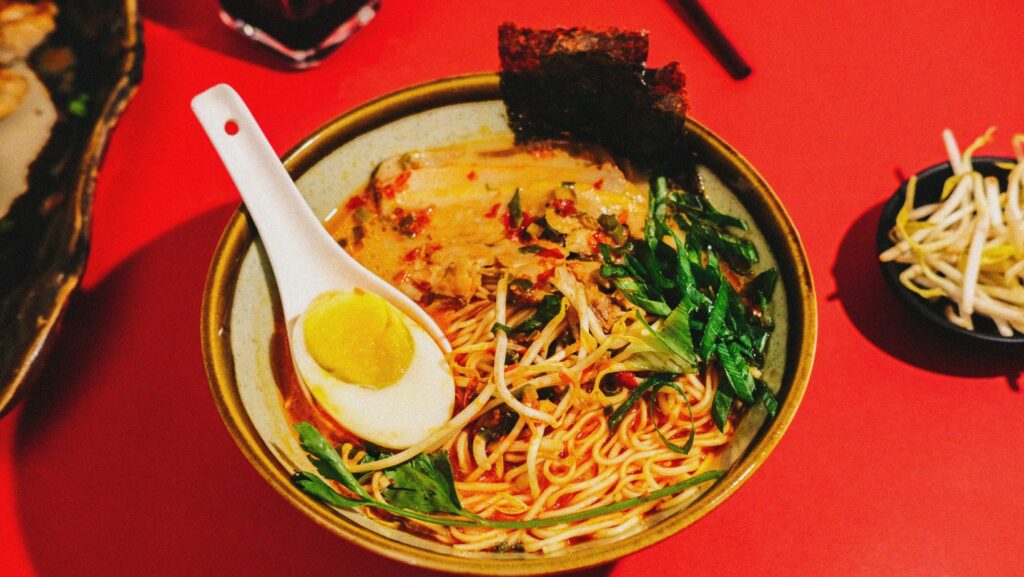Japanese cuisine, known for its delicate flavors and artful presentation, often seems complex to the uninitiated. Yet, it offers a wealth of simple meals that are both delicious and easy to prepare. These dishes highlight fresh ingredients and minimalistic cooking techniques, making them perfect for those seeking a taste of Japan without the fuss.
From comforting bowls of miso soup to the savory delight of onigiri, simple Japanese meals bring a sense of balance and harmony to the table. They focus on seasonal produce and quality ingredients, emphasizing natural flavors over heavy sauces or spices. This approach not only makes them healthy but also incredibly satisfying.
What Makes Simple Japanese Meals Unique?
 Simple Japanese meals distinguish themselves through freshness, minimalism, and balance. Freshness, a core component, ensures that ingredients like fish and seasonal produce shine in dishes. Minimalist preparation allows the natural flavors to take center stage, employing techniques like grilling or steaming. Balance, achieved with a range of flavors and textures in a single meal, enhances the dining experience. Meals like sushi or tempura balance umami with subtle sweetness, creating a harmonious taste profile. Unique presentation, another hallmark, turns meals into art forms, emphasizing color and arrangement. These elements together create simple yet captivating Japanese meals.
Simple Japanese meals distinguish themselves through freshness, minimalism, and balance. Freshness, a core component, ensures that ingredients like fish and seasonal produce shine in dishes. Minimalist preparation allows the natural flavors to take center stage, employing techniques like grilling or steaming. Balance, achieved with a range of flavors and textures in a single meal, enhances the dining experience. Meals like sushi or tempura balance umami with subtle sweetness, creating a harmonious taste profile. Unique presentation, another hallmark, turns meals into art forms, emphasizing color and arrangement. These elements together create simple yet captivating Japanese meals.
Simple Japanese Meals
Simple Japanese meals showcase the harmony of flavors through fresh, balanced, and minimally prepared dishes. These meals often delight with their artful simplicity and accessibility.
Sushi
 Sushi combines vinegared rice with fresh ingredients. It often features raw fish like tuna or salmon. Sushi satisfies both in taste and aesthetics, offering distinct visual appeal through colorful toppings and precise presentation. Nigiri, a common type, comprises rice and a single ingredient, emphasizing simplicity.
Sushi combines vinegared rice with fresh ingredients. It often features raw fish like tuna or salmon. Sushi satisfies both in taste and aesthetics, offering distinct visual appeal through colorful toppings and precise presentation. Nigiri, a common type, comprises rice and a single ingredient, emphasizing simplicity.
Ramen
Ramen provides a comforting bowl of noodles in savory broth. It’s versatile, using different toppings like sliced pork, green onions, or soft-boiled eggs, catering to various tastes. Its widespread popularity stems from its ability to be both a quick meal and a satisfying experience. Varieties like miso or shoyu ramen bring unique regional flavors to the table.
Tempura
Tempura involves lightly frying seafood or vegetables in batter. Its crisp texture and delicate flavor highlight the quality of the ingredients. Tempura offers a balanced eating experience, often served with dipping sauce to enhance taste. Popular types include shrimp and sweet potato, showcasing the simplicity and elegance typical of Japanese cuisine.
Health Benefits Of Simple Japanese Meals
 Simple Japanese meals offer numerous health benefits due to their focus on fresh, natural ingredients and balanced dietary components. A traditional meal often includes rice, fish, and vegetables, providing essential nutrients while being low in calories.
Simple Japanese meals offer numerous health benefits due to their focus on fresh, natural ingredients and balanced dietary components. A traditional meal often includes rice, fish, and vegetables, providing essential nutrients while being low in calories.
Fish, a staple in Japanese cuisine, is rich in omega-3 fatty acids, which support heart health. Regular consumption of fish, like in sushi or grilled varieties, promotes cardiovascular health and reduces inflammation.
Soy-based foods, including tofu and miso, supply plant-based proteins and isoflavones. These compounds may help lower cholesterol and support hormonal balance, making dishes like miso soup nutritious options.
Vegetables, often served pickled or lightly cooked, ensure a high intake of vitamins and minerals. Seaweeds such as nori and wakame add iodine and other micronutrients, supporting metabolism and thyroid function.
Fermented foods, such as miso and soy sauce, contain probiotics that aid digestion and boost gut health. Regularly including these in simple Japanese dishes can improve overall digestive health.
Tips For Preparing Simple Japanese Meals At Home
Embracing simple Japanese meals at home can be both rewarding and enjoyable. They should start by sourcing fresh, high-quality ingredients, focusing on seasonal produce and fresh fish to capture authentic flavors. It’s essential to master basic techniques such as steaming, grilling, and light frying to maintain the integrity of the ingredients.
Incorporating staple items like rice, soy sauce, and miso into their pantry will provide a solid foundation for various dishes. They should also pay attention to presentation, arranging meals with an eye for color and balance to enhance the dining experience visually.

